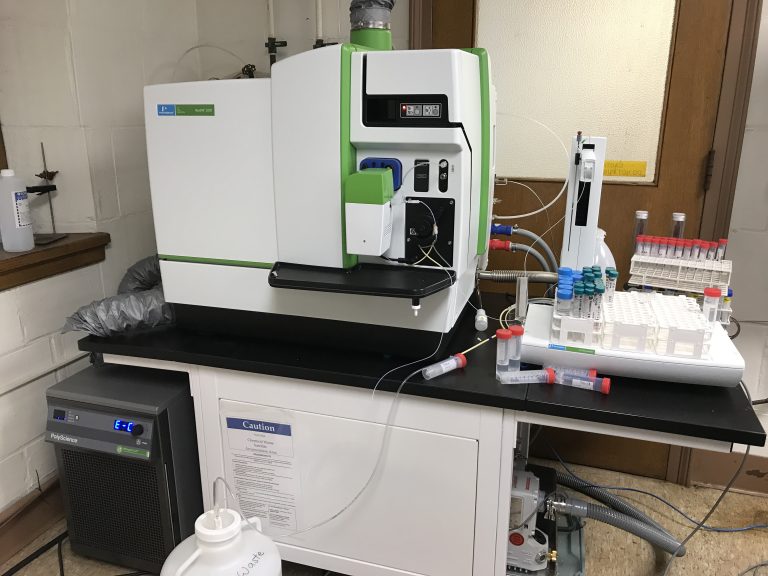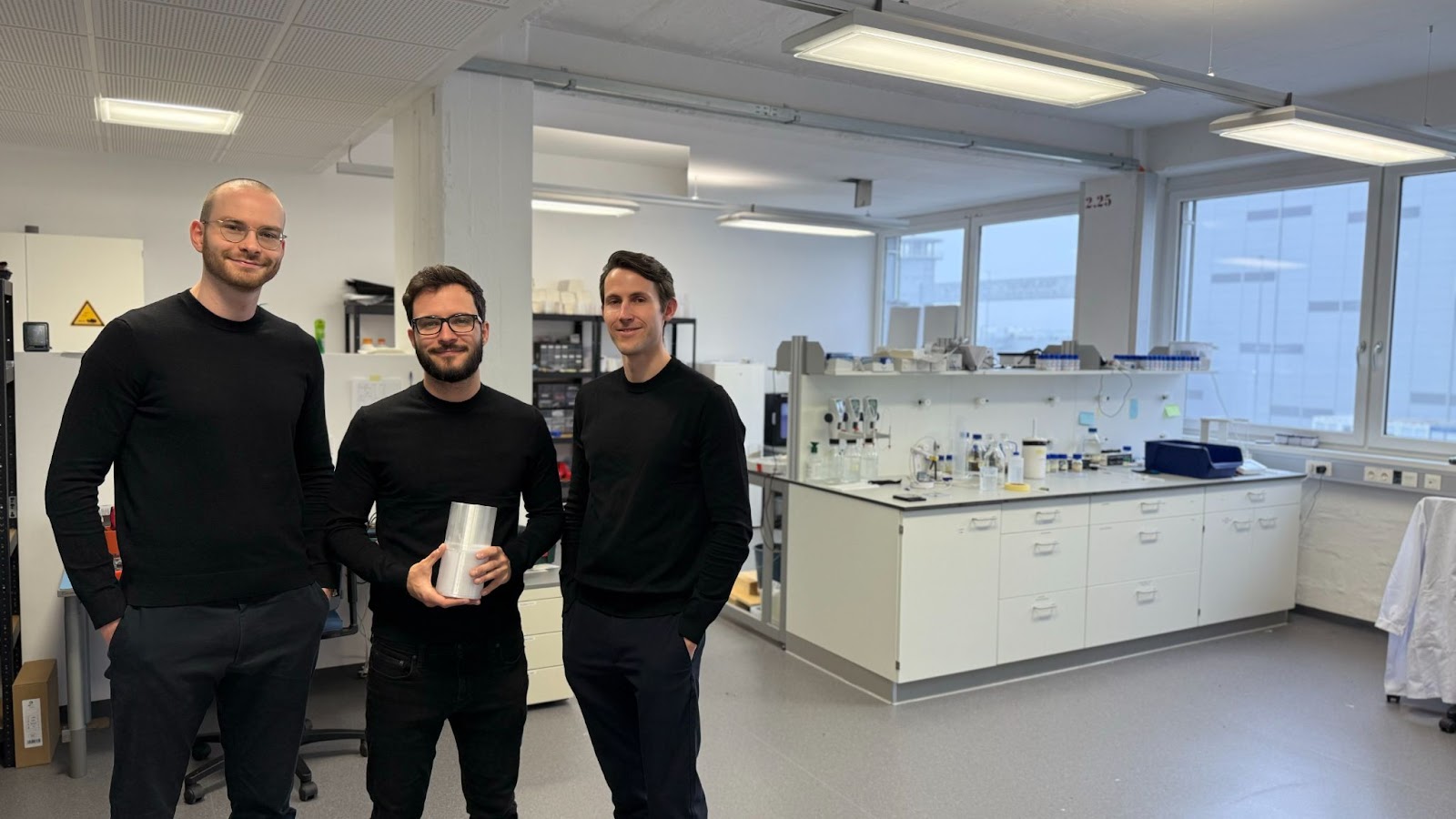5 recent advances in measuring the amount of CO2 removed by enhanced rock weathering
As some of the first large-scale ERW projects on cropland have gotten underway, significant improvements have been made in the methods of measuring how much CO2 a project removes from the atmosphere. A commercial ERW project requires accurate accounting of carbon removal to provide enough confidence for businesses to purchase carbon credits from the project.
There are a of measurement methods. Most involve determining the amounts of certain elements or compounds produced by rainwater dissolving the rock powder that was spread. The analysis can be performed on either the soil-rock powder mixture or the water that has flowed through the soil-rock powder mixture (i.e., , groundwater, or surface water).soil water Some of the methods are used together in combination. Analytical methods largely have been used in other fields of study with recent application to ERW. Five of the more recent advancements in measurement are highlighted below.
 Using immobile tracers to improve comparisons of soil samples collected before and after weathering
Using immobile tracers to improve comparisons of soil samples collected before and after weathering
One measurement used in ERW projects is to perform a before-weathering and after-weathering comparison of the amount of an element such as magnesium (Mg2+) in samples of a soil-rock powder mixture collected at one location in a field of crops. The before-weathering sample would be collected immediately after spreading basalt powder; the after-weathering sample may be collected years later.
Magnesium, calcium and similar elements initially are chemically bound in minerals in the rock powder, and as rainwater dissolves the rock powder, the elements are released into the soil-rock mixture as . An increase in the amount of a particular element (ion) in the soil-rock powder mixture due to weathering indicates how much rock powder was dissolved and, hence, how much CO2 was removed from the atmosphere.

But there are processes other than the chemical process of dissolving rock powder that can change the concentrations of ions at a location in a field of crops. To begin with, the spreading of rock powder does not result in perfectly uniform distribution of the powder in the soil vertically or horizontally (see a tractor spreading basalt rock powder in the following YouTube). Also, erosion from rainwater runoff during the weathering period can redistribute the soil-rock powder mixture in the field. Both of these non-chemical processes (non-uniform spreading and erosion) can result in a post-weathering sample having a different amount of rock powder compared to a pre-weathering sample that had been collected at precisely the same location in the field — even if none of the rock powder was dissolved.

To correct before- and after-weathering sample data for non-uniform spreading and erosion, a strategy has been that estimates the amounts of those changes by doing a before- and after-weathering comparison of the concentration of an "immobile tracer" in the samples of the soil-rock powder mixture.
An immobile tracer is a naturally occurring element (e.g., titanium) in a soil-rock powder mixture that does not dissolve or react with other chemical components during weathering (i.e., it is chemically immobile). Since the tracer is not subject to chemical changes during weathering, any difference between its concentration in the before- and after-weathering samples can be attributed solely to non-chemical changes such as non-uniform spreading and erosion.
A simplistic scenario illustrates the concept of using an immobile tracer. If before- and after-weathering samples of a soil-rock powder mixture indicate the concentration of the immobile tracer titanium dropped 20%, then it can be assumed that 20% of the drop in the concentration of a mobile element in the samples such as Mg2+ can be attributed to non-uniform spreading and erosion of the rock powder — and any drop in the Mg2+ that is greater than 20% can be attributed solely to rock powder being dissolved, which is an indirect indicator of how much carbon was removed.
 Improving precision in lab analysis of soil samples
Improving precision in lab analysis of soil samples
It can be difficult in a laboratory to detect the weathering products such as magnesium (Mg2+) in a sample of soil-rock powder mixture due to the relatively small amount of rock powder spread on land compared to the large amount of soil in the field. Although an mass spectrometry machine provides adequate sensitivity for detecting the small amounts, this analysis is time-consuming and expensive.

To make ERW measurement economically viable for processing a large number of samples for commercial ERW projects, a relatively fast and economical approach to sample analysis is needed. A method has been that uses a type of mass spectrometer called . A quadrupole ICP-MS is lower-cost, quicker — and less precise than ID-ICP-MS. Quadrupole ICP-MS instruments are widely used in the medical field for measuring trace levels of metals in biologic samples.
To improve the accuracy of quadrupole ICP-MS for ERW measurement, the measurements are adjusted according to ratios of certain in the soil-rock powder mixture and in a liquid spiked with a known amount of the isotopes. The adjusted measurements in this "diluted isotopes" method reduced analytical error rates in the quadrupole ICP-MS analysis to less than 1% — an acceptable accuracy for ERW measurement.
 New device for measuring bicarbonate in field
New device for measuring bicarbonate in field
In a simplistic sense, the goal of ERW is to produce bicarbonate (HCO3-) — after all, bicarbonate is where the C and the O from CO2 in rainwater ends up being stored. Consequently, the amount of CO2 removed in an ERW project can be indirectly measured by determining the concentration of bicarbonate in water samples collected from soil, groundwater, or streams in the area of a project. Multiplying the bicarbonate concentration, times the flow rate of water passing through the project area, enables estimation of the total amount of bicarbonate — and hence carbon — exiting the area.
Measuring the rate of water flowing through a project area can be rather straightforward using a installed at the edge of a field or in a stream that receives runoff or groundwater discharge from several fields. A monitoring device on a remote flume can transmit the flow data to provide a continuous record of flow without making frequent visits to the flume.
But the process of collecting and analyzing water samples for bicarbonate can be labor-intensive in an ERW project. Samples must be collected by visiting the field periodically (possibly every two weeks) and the sampling must be done to coincide with any rain events when most water flows through a field. The samples then must be analyzed in a laboratory, usually by the laborious process of "".

To make water sampling for bicarbonate easier, a field sampling device has been developed by a carbon removal measurement company, Everest Carbon, located in Linz, Austria. Their device is a small cylinder that contains tiny beads of a specialized . The cylinder is installed in the soil and, according to Everest's website, the resin selectively the ions that create carbonate (bicarbonate and carbonate) as water crosses its measurement cell, and then digitizes the system's chemical state for real-time transmission to the cloud.
Since the beads capture bicarbonate continuously over time in the field, the bicarbonate amount on the beads is the cumulative amount of the bicarbonate since the device was installed (an advantage over manual periodic samples which give only a snapshot in time of the bicarbonate concentration). The ion exchange beads can be recycled for reuse by chemically stripping the bicarbonate from the beads.
 Measuring electrical conductivity of soil water or surface water as a proxy for alkalinity/bicarbonate
Measuring electrical conductivity of soil water or surface water as a proxy for alkalinity/bicarbonate
A simple low-cost method of measuring bicarbonate in water has been that uses a hand-held meter or fixed monitoring station in the field to measure bicarbonate levels in water in the soil, groundwater, or surface streams of an ERW site. An electrical conductivity meter does not directly measure the bicarbonate concentration, but it measures how well water conducts an electric current, which depends on the sum total of all ions in the water (e.g., Mg2+, Ca2+, Na2+, and HCO3-). The conductivity value indicates the concentration of the ions in the water.
Measuring electrical conductivity in the field would be less labor-intensive than collecting a soil water sample and then "" it in a lab to determine the bicarbonate concentration, a common method.
An apparent barrier to using electrical conductivity is that it cannot distinguish between bicarbonate produced in chemical reactions involving organic matter and clay minerals, versus bicarbonate produced by weathering (dissolving) rock powder. This concern was reported from a two-day lab experiment in which concluded, however, the effect may be only a short-term phenomenon and longer-term experiments are needed before electroconductivity can be added to the toolbox of measuring CO2 removed in ERW.
 Using isotopes in soil samples for distinguishing atmospheric carbon sources from non-atmospheric sources
Using isotopes in soil samples for distinguishing atmospheric carbon sources from non-atmospheric sources
Various uses of have been in the measurement of enhanced weathering. One example is the use of the radiocarbon-14 isotope for determining the age of carbon atoms in a soil or water sample collected from an ERW project area. Carbon-14 is the isotope commonly used in dating archaeological artifacts.
Carbon-14 fully decays in about 60,000 years, enabling differentiation of carbon from old sources like limestone or shale (likely more than 100,000 years old), from carbon that came from relatively recent atmospheric rainwater (perhaps less than 200 years old). Only the carbon removed from the atmosphere (the carbon less than 200 years old) would be considered as a product of enhanced weathering, thus improving the accuracy of the measurement of enhanced weathering in soil or water samples.